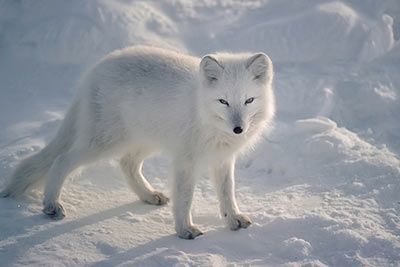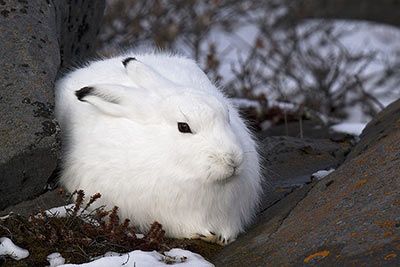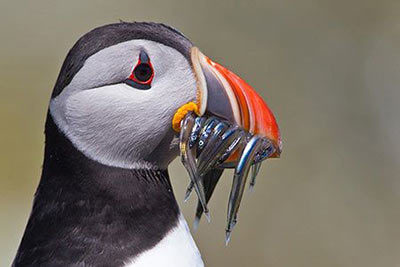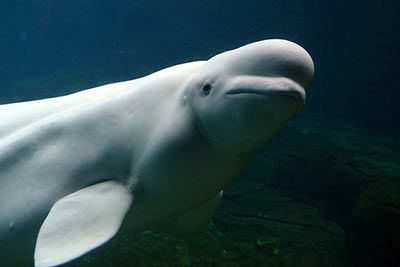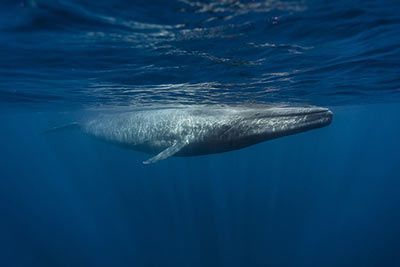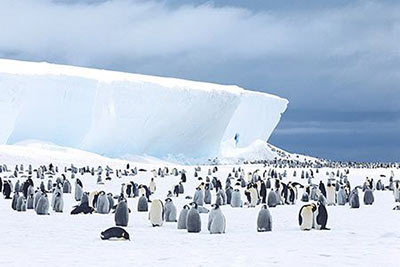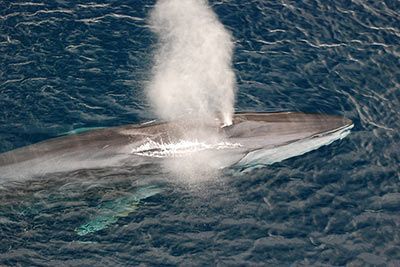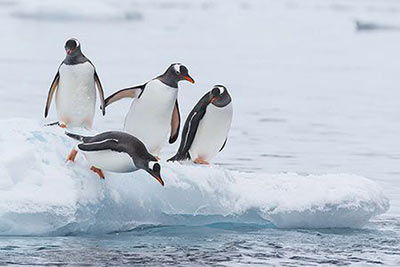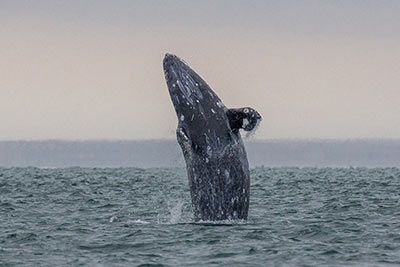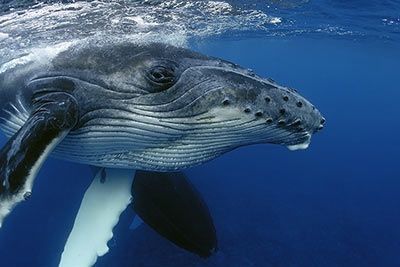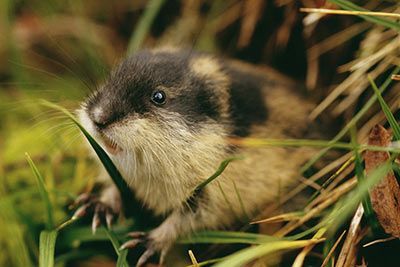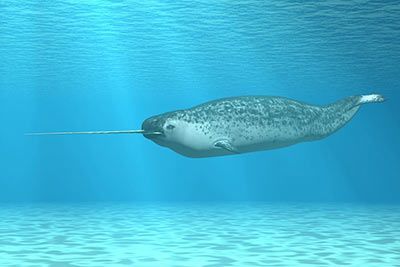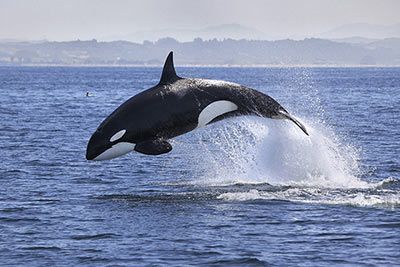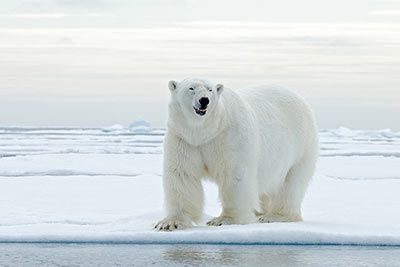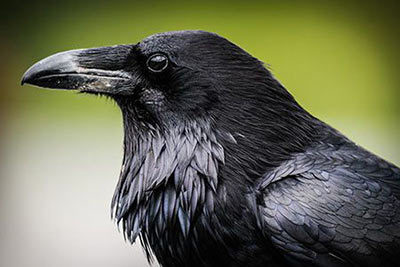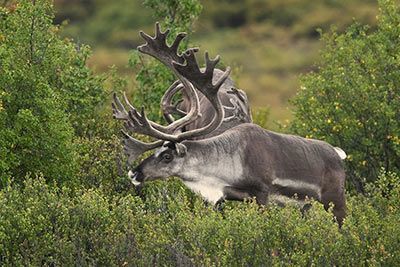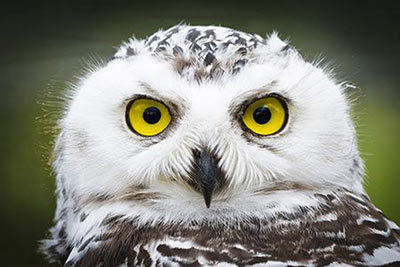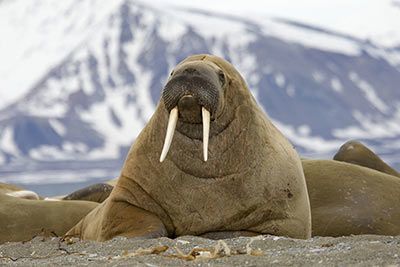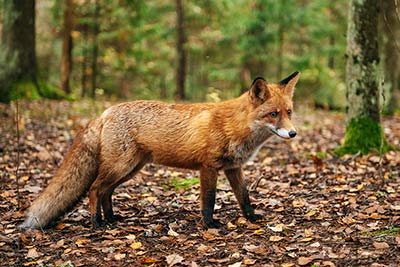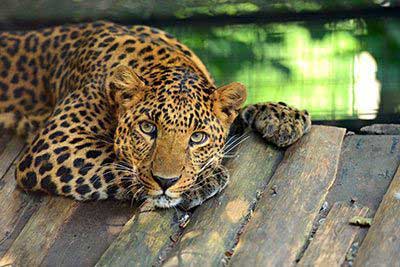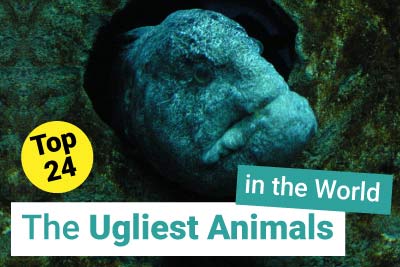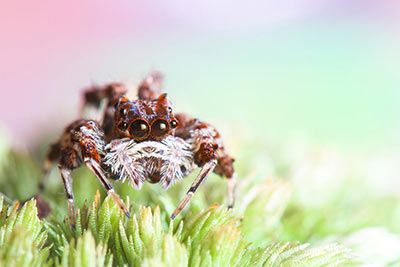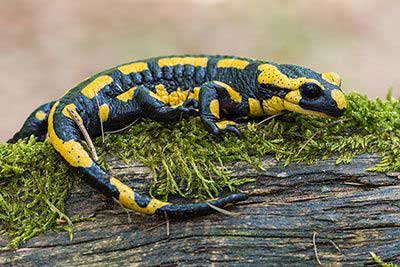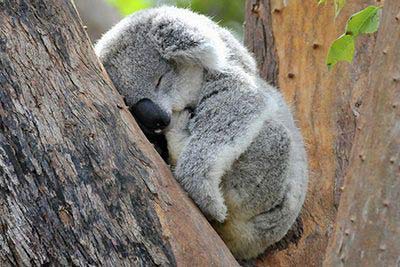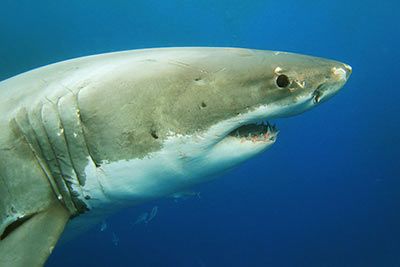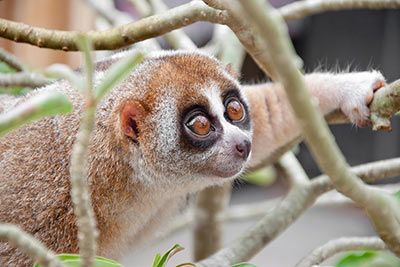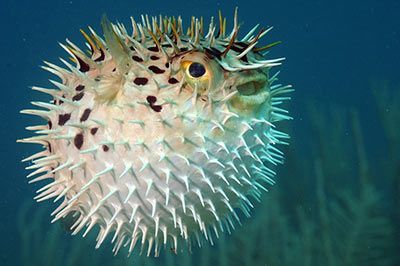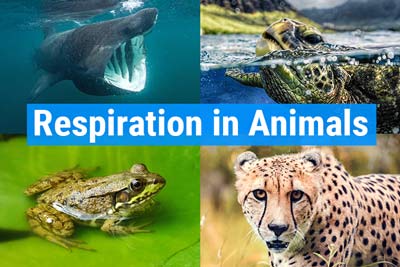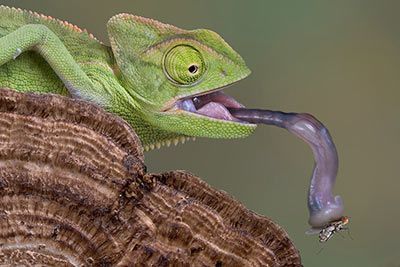Animals in Ice Deserts and Cold Deserts
This article is all about the animals that live in ice deserts and cold deserts!
The Arctic and the Antarctic are very barren and cold landscapes that offer very little for animals and plants to survive. The vegetation and climatic zones that can be found here are called ice desert, polar desert and cold desert. Which animals can survive in these areas and how have they adapted to their habitat?
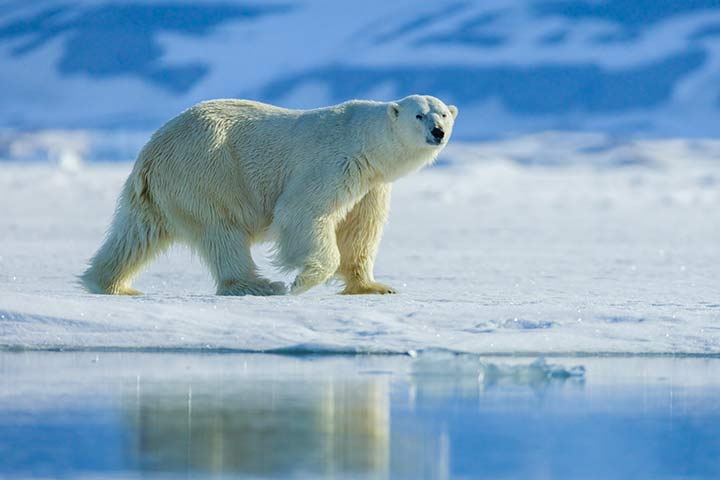
Ice Desert and Polar Deserts Fact Sheet
- Ecozone: Polar zone
- Ice sheet locations: Antarctica, Greenland
- Polar desert locations: Arctic, Antarctica, high in the mountains
- Ice sheet size: 10.8% of land surface
- Polar desert size: 2% of land surface
- Average temperature: -22 to 32 degrees Fahrenheit (-30 to under 0 degrees Celsius)
- Average precipitation: Less than 100-200 mm per year
- Precipitation: Very low
- Humidity: Very low
- Characteristics: Very cold, little species diversity, no trees, hardly any plants
What Animals Live in Ice and Cold Deserts?
No animal can survive in the extreme cold of the Antarctic ice desert. However, many fish, whales, walruses, seals (harp seals, Weddell seals, leopard seals) and seabirds live in the Arctic Ocean.
The cold deserts begin at the edge of the ice desert. There you can meet polar bears, penguins, Arctic foxes, Arctic wolves, lemmings, reindeer, stoats, Arctic hares, snowy owls, puffins and Arctic terns.
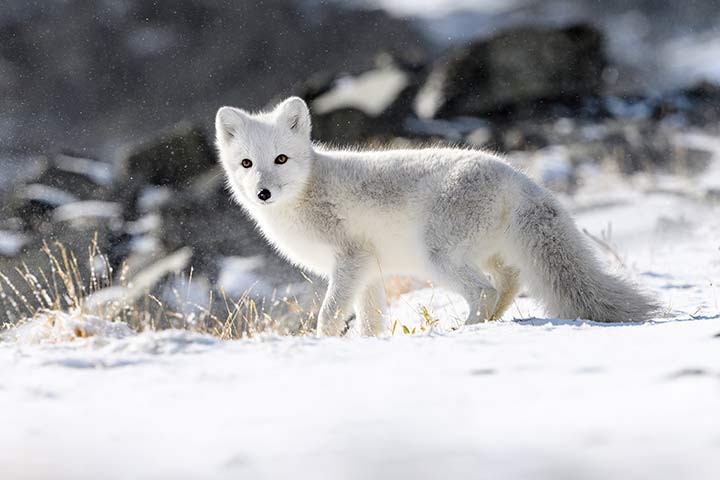
Adaptation to the Habitat
Animals in the Arctic and Antarctic have adapted perfectly to their habitat. They have particularly dense fur, feathers or a thick layer of fat. This helps them store as much heat as possible. For example, the arctic fox has the warmest fur of all mammals. Penguins have a thick layer of fat and huddle together to keep each other warm. Lemmings dig tunnels underground and snowy owls even have feathers on their feet.
Characteristics of Ice Deserts
Land covered by ice or glaciers is called an ice desert, ice sheet or Arctic desert. These are only found in the southern hemisphere, in Antarctica (approx. 83%) and in Greenland in the northern hemisphere (approx. 16%). No plants grow here.
Characteristics of Cold Deserts
Cold deserts are very cold, barren landscapes in the Arctic and Antarctic. They are free from ice but the ground has hardly any soil - instead, it is mostly stone weathered by the cold. Lichens, algae, mosses and grasses are among the few plants that can grow in polar deserts. There aren’t many animal species here either. Cold deserts are also found high up in the mountains, e.g. the Andes and the Himalayas. These are called “Alpine deserts”.
Importance for the Ecosystem
Why do we need ice deserts? Climate change - global warming - is causing ice deserts to melt, increasing the sea level. Floods are becoming more and more common. People that live near the coast are losing their homes, and farming fields are being destroyed. Saltwater mixes with groundwater - our drinking water - so it’s no longer drinkable.
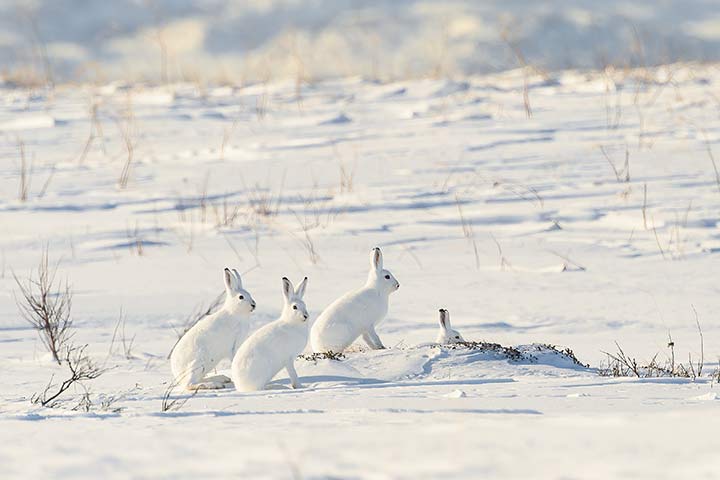
Fun Facts
The Largest Desert on Earth
The largest desert on earth is not the Sahara. It's Antarctica. The second largest is the Arctic. The term desert refers to areas that are so dry that only few plants can grow there. Or even none at all. This applies both to hot and cold landscapes. Thus, the Sahara is the largest hottest desert, but "only" the third largest desert in the world.
Largest Mass of Ice
The Antarctic ice desert is the largest ice mass on Earth. It measures 14 million square meters, making up 90% of all freshwater on the Earth.
Lowest Temperature
The lowest recorded temperature at the Russian “Vostock” research station in Princess Elizabeth Land (Antarctica) was -128,56 degrees Fahrenheit (-89.2 degrees Celsius).

